Ohmic conductors are conductors that obeys the ohms law while conducting current. In this conductors, current flowing is directly proportional to voltage across the conductor. Most of metal conductors are Ohmic conductors.
In simple terms, for an Ohmic conductor, the relationship between voltage and current is linear.
Non-Ohmic Conductors:
A non-ohmic conductor, on the other hand, does not follow Ohm’s Law. This means that the current through the conductor does not change linearly with the applied voltage. In non-ohmic materials, the resistance may change with voltage, temperature, or other factors.
Example of Non-Ohmic Conductors:
Diodes: A diode allows current to flow in one direction only. Its current-voltage relationship is non-linear, meaning it doesn’t follow Ohm’s law. The current increases rapidly once a certain threshold voltage is reached.
Light Bulbs – The filament of a light bulb (typically made of tungsten) is a non-Ohmic conductor. As the filament heats up due to current, its resistance increases, which causes a non-linear relationship between voltage and current.
Thermistors – A thermistor’s resistance changes with temperature. Since its resistance is temperature-dependent, the current-voltage relationship is not linear.
The graph below shows the relationship between current versus voltage for various materials that conducts current.
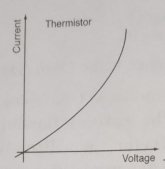
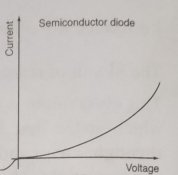
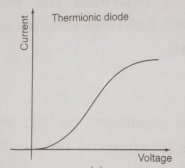
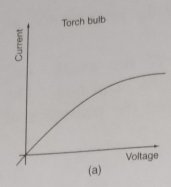
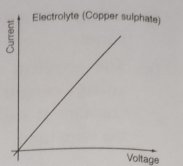
Current passing through an electrolyte versus voltage across it


Leave a Reply